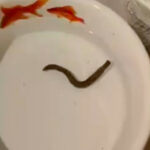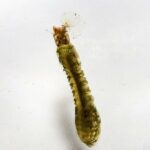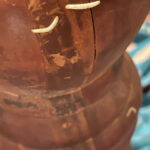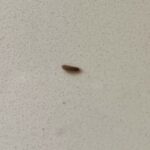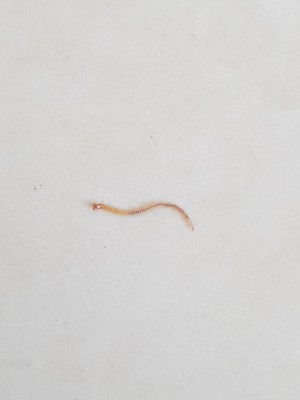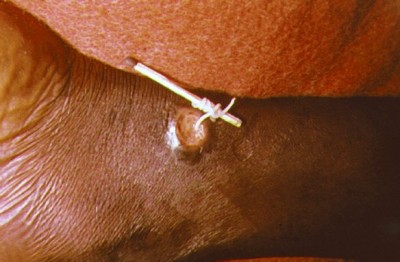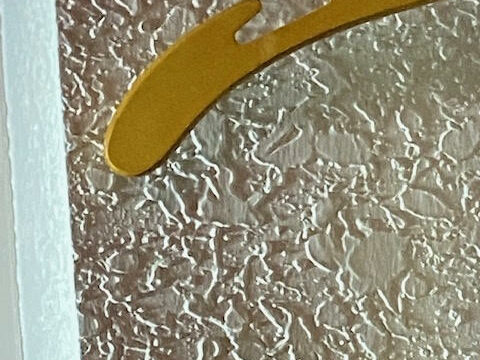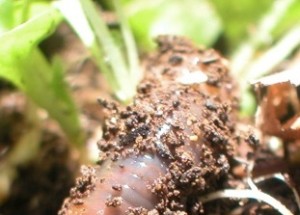
A reader recently asked us about Clonorchis sinenis. The specific question they posted was, “What do you think about Clonorchis sinensis?” We don’t have any strong opinions about this parasite, but we will provide some basic information! Before we dive in, we want to inform our reader that if she thinks she has been infected by this parasite (or any other) she needs to contact a medical professional immediately! We are not professionals in the medical field and can’t provide advice to our readers about their health.
Clonorchis sinenis is a liver fluke. In other words, it is a parasite that can infect the liver, gall bladder, and bile duct of a human host. Clonorchis sinesis is often referred to as the “Chinese liver fluke” because of it’s Asian roots. The parasitic worm is endemic in Japan, China, Taiwan, and other parts of Southeast Asia. However, more than three quarters of cases occur in China. Recently, scientists determined that Clonorchis sinenis can cause cancer of the liver and bile duct, and it has since been listed as a biological carcinogen (a substance capable of causing cancer in living tissue).
So how do humans get infected with this parasite? The eggs of Clonorchis sinensis float in bodies of freshwater until they are eventually consumed by snails. These eggs eventually hatch, and infected snails release microscopic larvae into their environments. The microscopic larvae are consumed by freshwater fish. If a person consumes one of these infected fish before fully cooking it, they will likely become infected with the dreaded liver fluke. Someone is usually diagnosed with this parasite after their stool has been examined for eggs. Most symptoms are those related to inflammation and obstruction of the biliary ducts.
To end, a reader asked us about Clonorchis sinenis. This liver fluke is present in Asia, and is also known as the “Chinese Liver Fluke.” If our reader thinks she might be sick with this parasite, she should see a doctor immediately.
All About Worms is always free, always reader-supported. Your tips via CashApp, Venmo, or Paypal are appreciated! Receipts will come from ISIPP Publishing.




